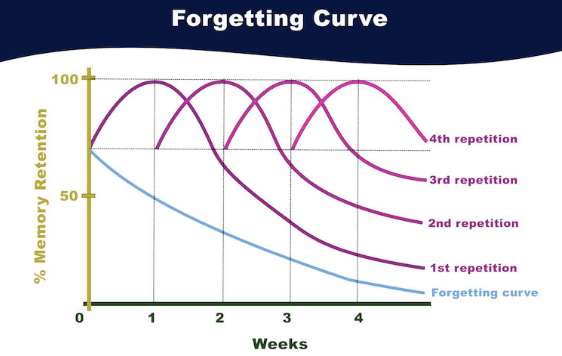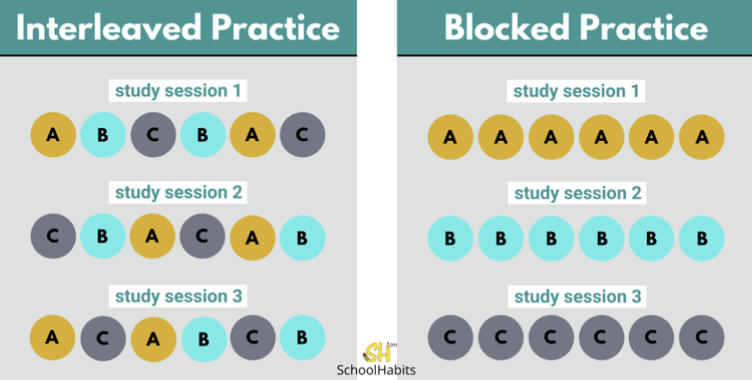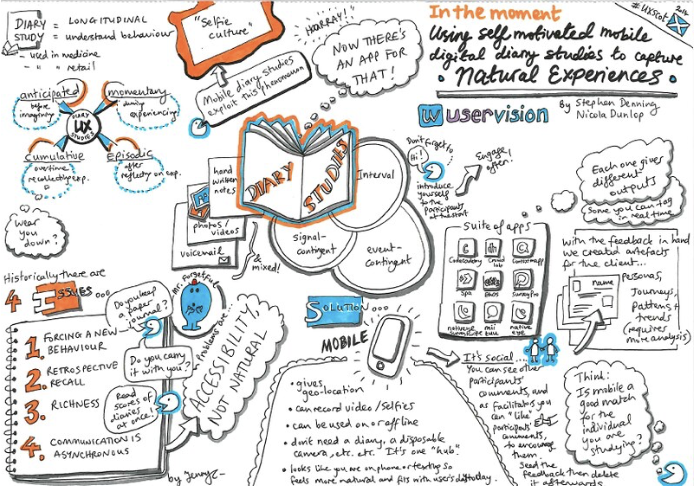1. Spaced Repetition
Repeated exposure to information has been proven to be one of the most effective ways to retain information. This method is most helpful when memorizing statistics, facts, and figures. One of the ways you can use this method is by creating flashcards. These flashcards can be reviewed in intervals over time. As the material is learned, new flashcards can be added while already known, and easier cards can be removed. Students can learn more effectively when studying is spaced out more extensively. This method has been proven to increase the chance of the information being retained and remembered later.

2. Interleaving Method
The interleaving method is incredibly beneficial when studying for multiple sections or classes in a period of time. Interleaving has been proven to improve long-term retention and increase the ability to apply the learned information to tests and real-life scenarios. One of the ways to utilize this method is by spreading out several topics into a pile of study material; the information can be from one class or multiple. Putting related topics close to each other can help the initial learning process, but mixing the material up over a period of time can help with recall and allow for information retrieval and the connection of topics.

3. Mind Mapping
Mind mapping is a study technique that involves creating a visual form of the material to be studied and organizing it into a hierarchy. Mapping topics allows you to delve into new and related ideas while forming new connections between material. Furthermore, mind mapping allows you to use your own wording to describe each mapped area, which can help you better understand and memorize information. Using this method, you can help organize what needs to be covered and create an order of studying that is meaningful to the connections between topics.

Written by Future Student Ambassador, Allie Richdale (2024).


